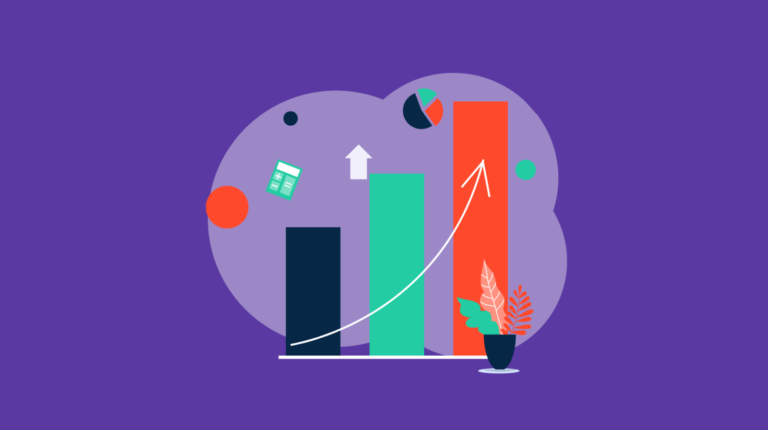Retail businesses have moved from a product-centric model to a customer-centric model. This transformation has a significant impact on how companies are engaging with their customers who are spoilt for choice, well informed and tech-savvy.
Traditional approaches to managing customers were through Customer Relationship Management (CRM) processes and systems, however, in today’s hyperconnected world we see the emergence of Customer Data Platforms (CDP) as a robust model for handling customer data from a multitude of online and offline sources. The rising interest in Customer Data Platforms (CDPs) is reflected in the higher number of vendors providing these services as well as more venture capital funding (currently estimated at 2.4 billion USD).
What is a Customer Data Platform?
Customer Data Platforms give a unified view of the customer from a multitude of touchpoints that are beyond the realm of traditional CRM systems. CDP’s can integrate data from both structured and unstructured sources, as well as online and offline sources to build a unified customer profile. The key here is traceability of the customer profile through the lifecycle of a customer and their interactions across the lifecycle. The key difference with CRM is its ability to handle wider touchpoints, ability to trace customers from site visitors to actual customers.
- Types of Data – Customer Data Platforms (CDP’s) collect different types of data including 1) Identity Data (such as Name, Demographic information, Contact information, Social Media data etc.) 2) Descriptive Data – around family, career, lifestyle etc. 3) Quantitative Data – Transaction information like number and type of products, services purchased or returned, order dates, items removed from shopping cart, Online activity data like website visits, product views, searches, Customer service data like query dates, query details and customer service feedback, 4) Qualitative Data – such as motivation to buy a company’s products or services, opinion about service quality or favorite food, color etc.
- Touchpoints – The core tenet of a CDP is capture First-Party data i.e. directly from the customers or potential customers. The touchpoints of data collection could be through a plethora of channels like websites, mobile apps, customer feedback forms, call center logs etc.
- Lifecycle – CDP’s collect First-Party data through the lifecycle of a customer, from an anonymous visitor to a subscribed customer. Data collected from multiple touchpoints and through the lifecycle of a customer is very compelling in terms of the value an enterprise from deriving from these data sets.
- Compliance and Transparency – One of the key considerations around responsible use of CDP’s is to ensure that the data security and privacy laws of the country or region are complied to. With the rise of data privacy regulations like GDPR in Europe, CCP in California, regulators are increasingly looking at data privacy and security concerns of data subjects. CDP’s need to ensure transparency around the usage of the data, ensure secure by design principles are followed and consent is taken from data subjects whose data is stored and processed by CDP’s. The semantics of the stored data and the transparency of insights come from the governance policies and associated metadata that the platform provides.
- Platforms – CDP could be a packaged platform or a custom service provided by a systems integrator. At the core of the platform would be a data repository that stores all the customer data types captured through the different channels and touchpoints. CDP’s could be on-prem or hosted on a Public/Private/Hybrid Cloud depending on the industry regulatory requirements. Along with the Platform would be the visualization layer with BI tools, Advanced Analytical models and sandboxes for Data Science. In addition, consuming applications that need Customer data could access the CDP through API calls thereby extending the reach and usage of the platform.
Benefits of a Customer Data Platform
Now that we understand what a CDP is and what kind of data it stores and processes, let us review some of the benefits a CDP brings to an enterprise –
- Data Quality and Customer Relationship – CDP’s collect First-Party data, and this enables the quality of data to be recent and of the highest quality. They also retain the data over the entire customer lifecycle, which helps them build in-depth, detailed customer profiles and nurture better relationships with customers.
- Unified View of Customer Profile – CDP’s ability to collect both online and offline data from multiple channels and touchpoints, helps build a single unified view of the customer that can be leveraged by multiple departments of an enterprise from Marketing, Product Engineering, Customer Service and Operations etc. This unified view helps identify cross-sell opportunities and perform customer behavior analysis based on the rich data sets.
- Unify Cross Channel Marketing efforts – Enterprises often have a cross channel and multi-channel marketing initiatives and the CDP with its unified view of the customer helps align these marketing efforts with consistency and limited wastage. This helps build a culture of Customer-Centric marketing which is incisive with a deep understanding of customer choices and trends.
- Regulatory Compliance – CDPs are helping enterprises meet regulatory compliance needs by having robust information governance policies around the usage of data and ensuring the consent of customers is taken while storing their data. Customers feel empowered as they have control over the data they share and can withdraw consent or have specific needs met eg: do not call being enabled, where they are contacted over email or other channels based on their preferences.
According to a recent Forbes survey of marketing executives of CDP usage, 53% mentioned CDP was helping marketing teams to understand their existing customers’ needs, increasing the chances of repeat business based on the positive customer experience.
This article is presented by AIM Expert Network (AEN), an invite-only thought leadership platform for tech experts. Check your eligibility.


















































































